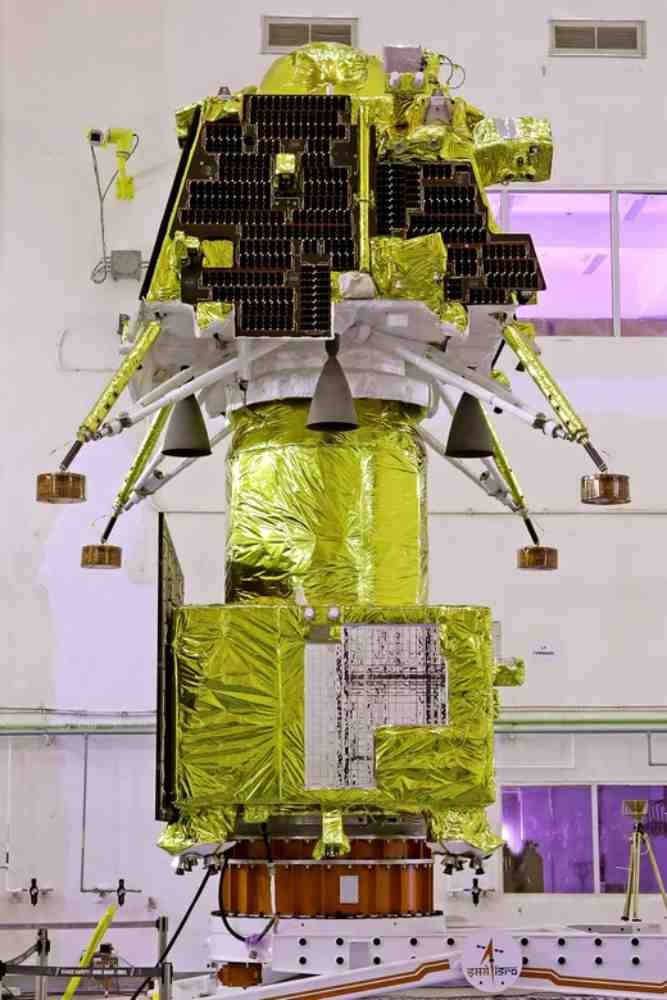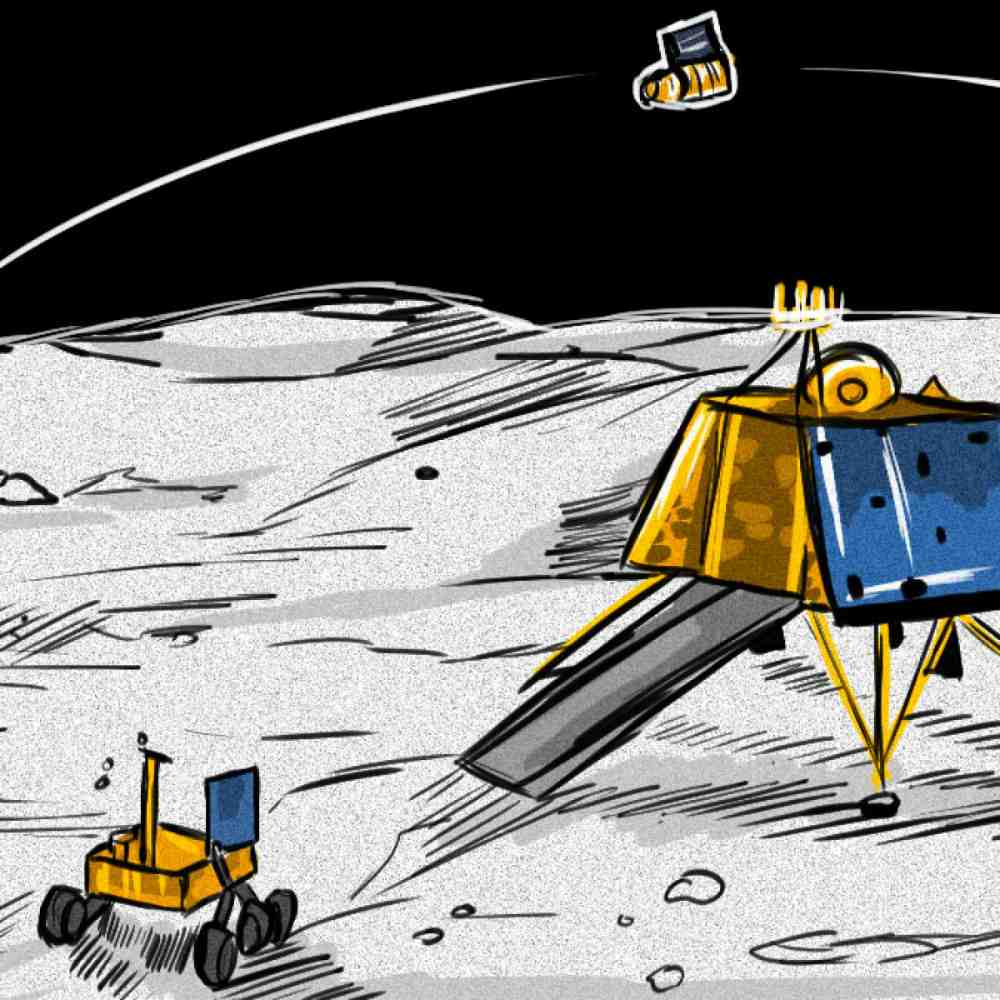
Chandrayaan-3, India’s ambitious lunar mission, has reached a crucial milestone as it enters lunar orbit, marking a significant step forward in the nation’s space exploration journey. On Saturday, ISRO received the first image of the moon, captured by the Chandrayaan spacecraft. Following a successful Lunar Orbit Insertion, Chandrayaan-3 commenced its lunar orbit on its journey to explore the Moon.
The Journey So Far
After 17 days of orbiting the Earth, Chandrayaan-3 embarked on its interplanetary journey, reaching the Moon’s orbit on August 1. Covering two-thirds of the distance from Earth to the Moon, the probe began its lunar phase, initiating a sequence of orbital maneuvers.

Approaching the Lunar Surface
Now that Chandrayaan-3 has reached the Moon’s orbit, it will undergo a series of five orbital adjustments in the upcoming days, steadily reducing its distance from the lunar surface.
The Path to Soft Landing
A major event is scheduled for August 17 when, at a distance of 100 km from the lunar surface, the propulsion module and the lander will separate. Subsequently, the lander will undertake its mission to execute a soft landing on the Moon, with the anticipated landing date set for August 23 in the evening.

Vikram and Pragyan: A Star Duo
In the third lunar mission, India plans to land a lander named Vikram and a rover named Pragyan on the Moon, much like the previous Chandrayaan 2 mission. Both Vikram and Pragyan are designed to run on solar energy from the Moon, with a projected operational lifespan of 14 days. The mission’s success hinges on completing the tasks within this timeframe.
Rover’s Exploration Schedule
The rover, Pragyan, will be housed inside the lander during the landing phase. Once on the lunar surface, the rover will be deployed, commencing its exploration. Powered solely by solar energy, Pragyan’s operational life is limited to one lunar day, equivalent to 14 days on Earth. During this time, it will collect invaluable data, which will be crucial for scientific studies.

Chandrayaan-3’s Objectives and Cost
The Chandrayaan-3 mission, with a budget of 615 crore rupees, aims to conduct elemental composition tests, study thermophysical properties, lunar seismicity, plasma environment, and the presence of elements like hydrogen and helium on the Moon. These objectives hold strategic significance for future lunar research and exploration.

Exploring the South Pole: An Unseen Terrain
Chandrayaan-3’s lander is strategically planned to touch down on the South Pole of the Moon, a region not visible from Earth. Scientists believe that this area could contain water in the form of ice, potentially preserving evidence of the solar system’s ancient history. India’s foray into this unexplored terrain marks a pioneering effort in lunar research.
The Challenges of Landing on the Moon
Landing on the lunar surface is no easy feat, given the adverse conditions, with a 5 to 10-meter layer of dust and rocks covering the terrain. The lander, equipped with advanced sensors and software, faces the challenge of finding a flat landing site and avoiding rocks and craters. The mission’s success depends on precise control and data provided by the Lander Position Detection Camera, the Lander Hazard Detection Camera, and the Lander Horizon Velocity Camera.
Navigating the Lunar Landscape
The Moon’s surface is riddled with numerous rocks and deep craters, making the landing operation intricate and demanding. Moreover, the Moon’s weak gravity, approximately one-sixth that of Earth’s, poses challenges for the spacecraft, requiring a carefully planned descent strategy.
A Technologically Advanced Lander
Chandrayaan-3’s lander is a high-tech marvel, designed to overcome the complexities of landing on the Moon. Armed with nine sensors, including three cameras, it will precisely gauge altitude and speed during the descent phase, providing critical data for successful navigation and hazard avoidance.
Chandrayaan-3’s journey is one of innovation, determination, and exploration, marking India’s continued commitment to scientific advancement and space exploration. With a carefully orchestrated schedule and cutting-edge technology, India is all set to make history once again on the lunar landscape. As Chandrayaan-3 ventures into the unknown, it promises to unlock the secrets of the Moon and contribute significantly to humanity’s quest for knowledge about our celestial neighbor.
